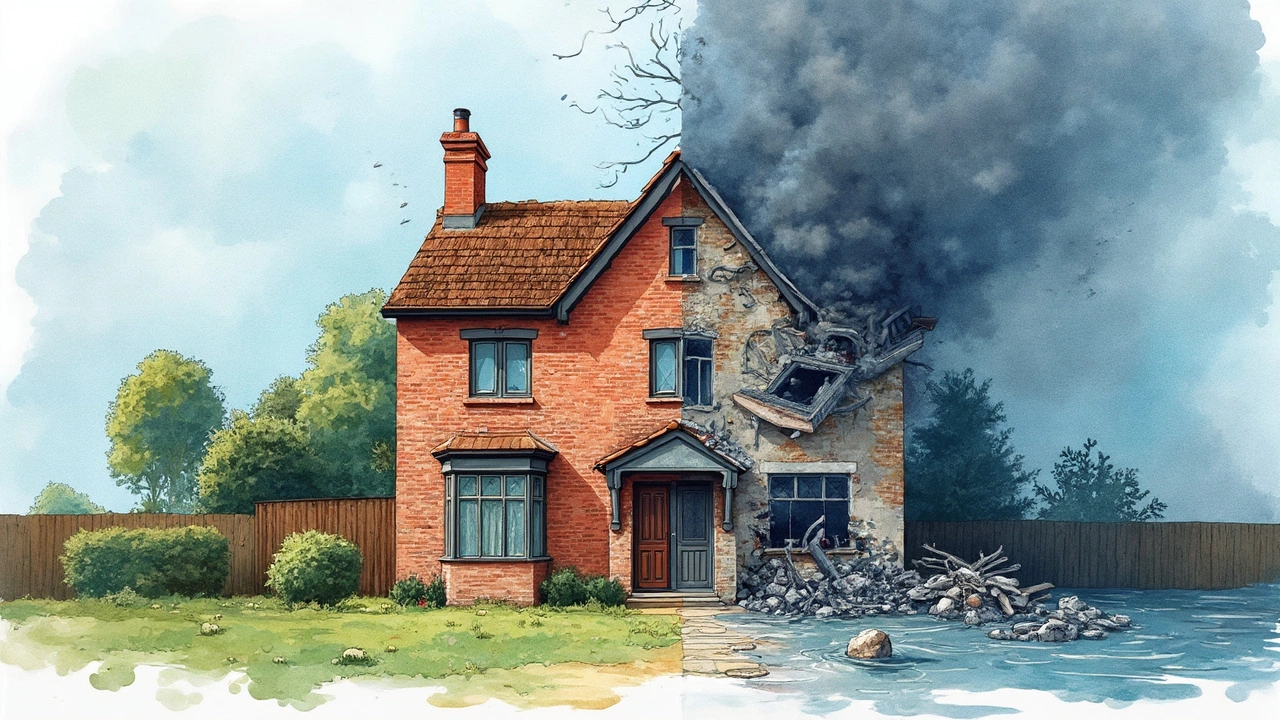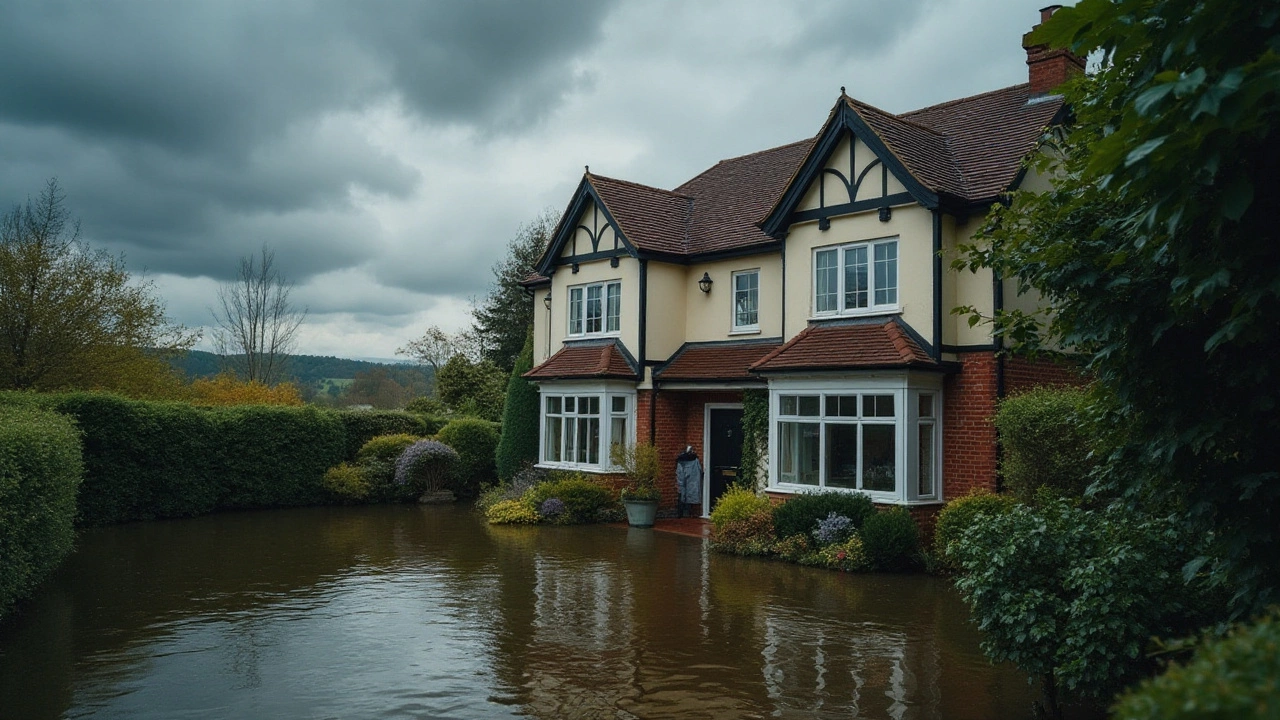Insurance Exclusions – What They Are and How to Avoid Surprises
Ever filed a claim only to hear the insurer say, “Sorry, that’s not covered”? Most of the time the reason is an exclusion. An exclusion is a clause that tells you exactly what’s NOT covered under your policy. Knowing these terms can save you time, money, and a lot of frustration.
Common Types of Exclusions
Home insurance, car policies, and even life insurance all have standard exclusions. The most typical ones include:
- Natural disasters: Floods and earthquakes are often left out unless you buy extra cover.
- Wear and tear: Damage that comes from regular use or lack of maintenance isn’t payable.
- Intentional acts: If you deliberately cause damage, the insurer won’t pay.
- Business use: Using a personal car for work or a home office for profit can void claims.
- Specific items: High‑value jewellery, art, or electronics may need a separate rider.
Each policy spells these out in its own words, so the exact wording matters. A small change can turn a covered loss into an excluded one.
Tips to Spot and Deal With Exclusions
First, read the policy document, not just the marketing flyer. The exclusion section usually sits near the end, but it can be hidden in the “Terms and Conditions.” Highlight any words you don’t understand and ask your broker to explain them in plain English.
Second, compare similar policies. If one insurer excludes flood damage and another offers it as standard, you’ve found a competitive edge. Use that knowledge to negotiate better terms or switch providers.
Third, ask for a written confirmation of any verbal promises. When an agent says, “We’ll cover your basement,” get it in the policy wording. Otherwise, you might find that basement flooding is still an exclusion.
Finally, keep records of maintenance, receipts, and any upgrades. If a claim is denied because of “lack of maintenance,” you’ll have proof that you took care of the property.
Understanding exclusions isn’t just about avoiding claim rejections; it’s about shaping a policy that truly fits your life. If you spot a gap that matters to you, ask for an endorsement or a separate rider. Most insurers will add coverage for an extra premium, and that small cost can be far cheaper than paying out‑of‑pocket later.
In short, exclusions are the fine print that decides what you pay for and what you don’t. Treat them like a checklist before you sign, and you’ll walk away with a plan that protects the things that matter most.
Understanding Homeowners Insurance: What's Often Not Covered?

Homeowners insurance is vital, but not every type of damage is covered. Learning about typical exclusions, such as flood and earthquake damage, can save future headaches. Being aware of what your policy doesn’t cover helps homeowners make informed decisions to fill those gaps with additional policies. This proactive approach can protect against common pitfalls and ensure comprehensive protection for valuable assets.
Read More >>Common Gaps in Homeowners Insurance Coverage

Homeowners insurance is essential for protecting your most valuable asset, but certain aspects of your home might not be covered by standard policies. Understanding these exclusions helps you prepare for unexpected expenses and fill coverage gaps. Typically, issues like flooding and mold damage are not included, often catching homeowners by surprise. With insightful tips and practical guidance, this article sheds light on what is usually not covered, enabling you to safeguard against unforeseen circumstances effectively.
Read More >>